Lumenera Blog
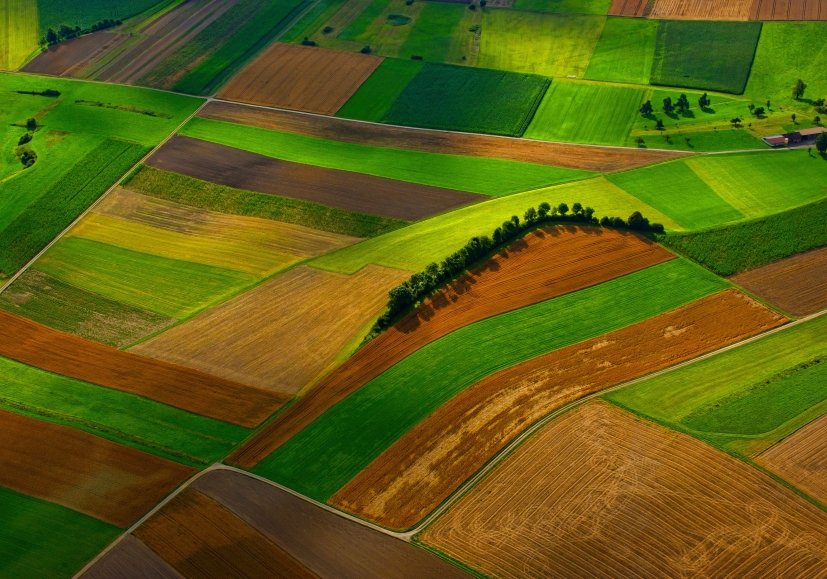
The Challenge of Aerial Imaging: Achieving a Clear and Sharp Image
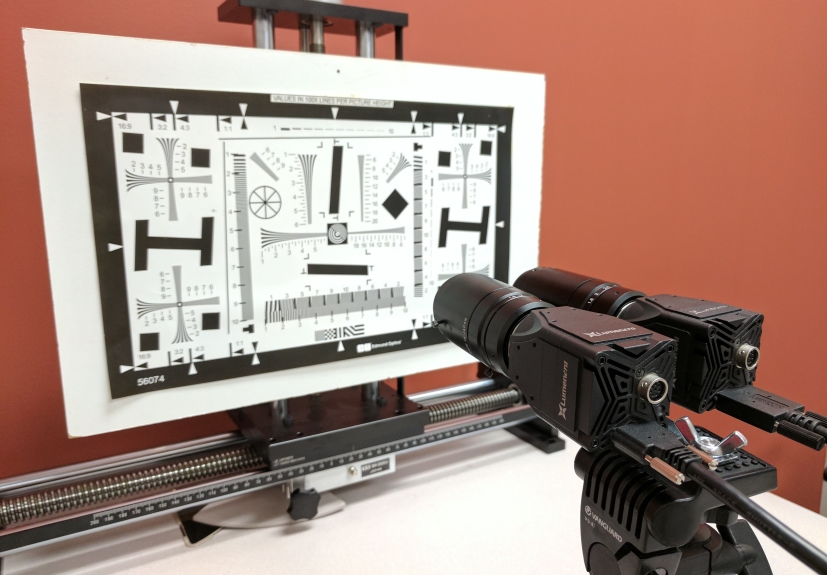
Configuring a Camera: How Exposure Time and Gain Impact Image Noise
This blog post reviews the results of an experiment that illustrates how increasing a camera’s gain will increase the noise in the image. Depending on the application, this may be an acceptable trade-off based on the requirements of the camera’s aperture and shutter speed. The only way to further reduce the noise is to actually select a camera with less noise.
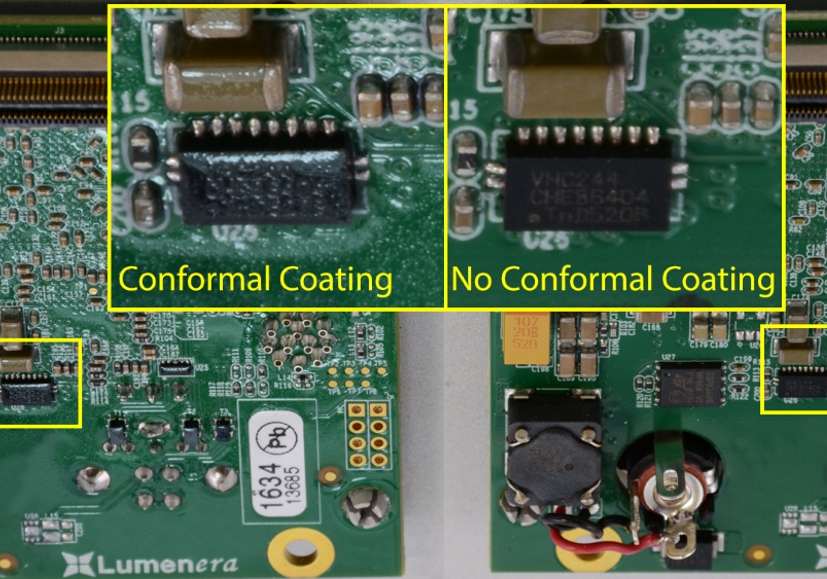
Protecting Aerial Imaging Equipment with Conformal Coating
Since the inner workings of imaging equipment are not hermetically sealed, they are subject to all the atmospheric changes that accompany the aircraft’s climb to its operational altitude. One of the most impactful changes to the camera’s operation is the dew point – the temperature at which water vapor in the air condensates. One solution to this challenge is to apply a polymer coating to the electronics that conforms to the printed circuit board. This protects the components and exposed metal from condensation if it occurs inside the body of the camera.
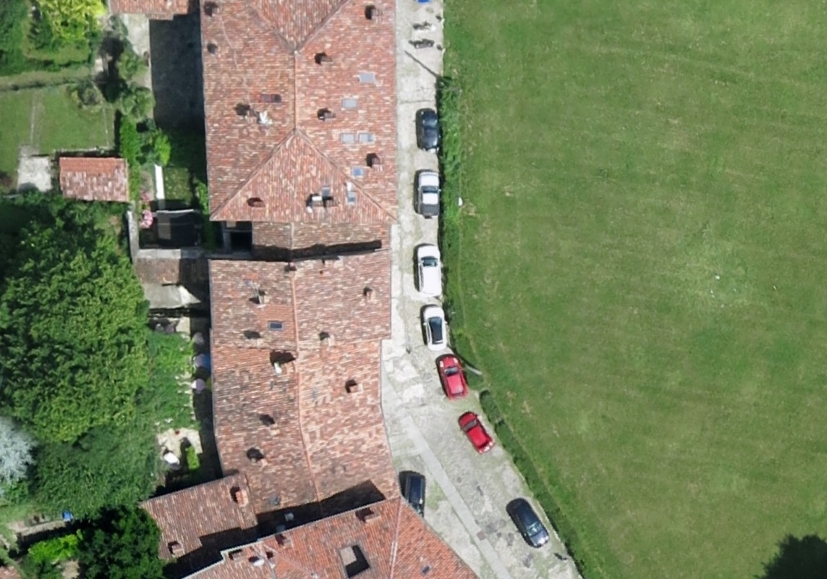
Aerial Imaging: How to Achieve the Correct Ground Resolution
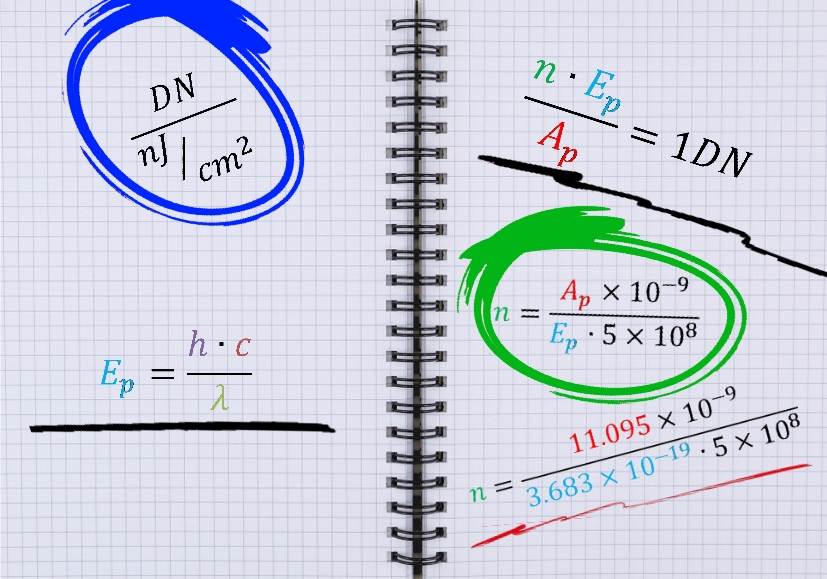
Understanding Camera Sensitivity – A Look at the Numbers
This blog post focusses on units of sensitivity and explains why Lumenera illustrates sensitivity in a particular way and how it relates to the EMVA 1288 standard. It also takes an easy-to-follow approach to the math relating both units while explaining some properties of physics along the way. Finally, some parallels will be drawn between quantities of photons and how they relate to real world scenarios.

Using Histograms to Understand Your Vision System Image Data
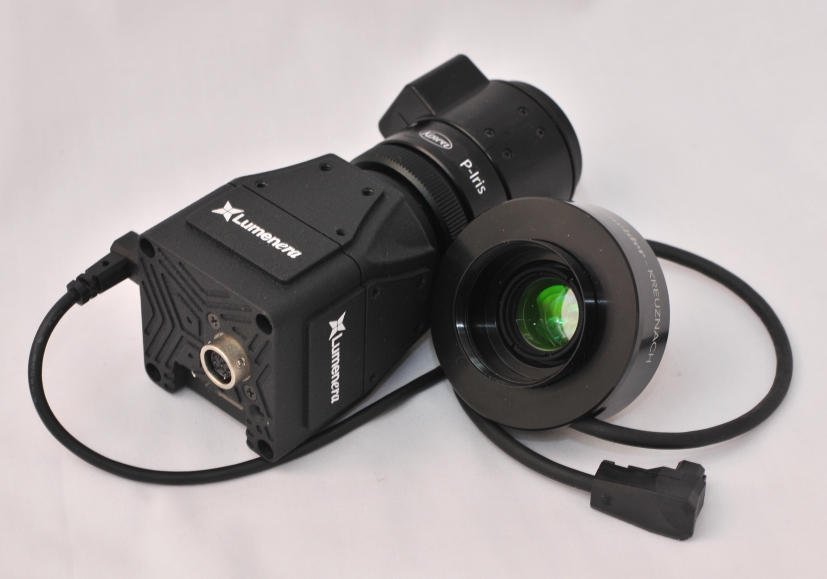
Why You Should be Using a P-Iris Lens in Your Vision System
Recently, a technology known as P-Iris (Precision Iris) has entered the machine vision market offering an alternative to the DC-Iris lenses. The P-Iris lens has the ability to reliably maintain and return to a specific aperture value while retaining to the ability to vary the aperture in challenging conditions where gain and shutter speed are at their predetermined limits. The user can set the aperture to the exact point where the depth of field is greatest and where diffraction has no impact on the sensor based on its pixel size, thus rendering a sharp and blur-free image.

The Truth About Enhancing Images: What’s Possible and What’s Not
Many of today's TV shows and movies, especially crime dramas, make enhancing digital images seem rather simple. So, does this mean that all digital enhancements we see on TV or in movies are fake? Not entirely, but many of them are. If you find yourself asking if that image enhancement is really possible, remember this: Could the data have been there in the first place? If the answer is no, then the magic of TV or movies might be helping to move the story along!
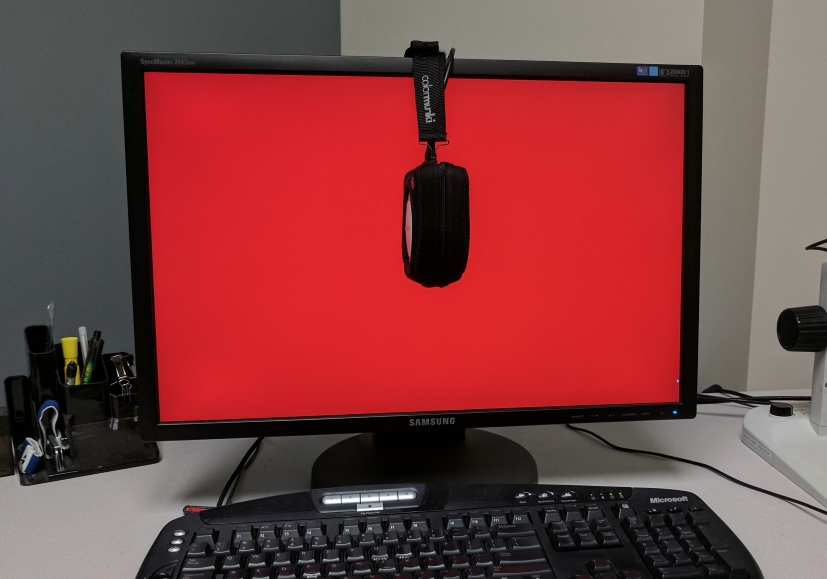
Why Monitor Calibration is Crucial when Setting up a Vision System
Your display is an essential interface when working with vision applications. Monitor calibration is an often overlooked yet crucial step in setting up a vision application, especially if visual inspection is the primary use for the camera. Even monitors from the same manufacturer, with the same model number, and connected to the same computer can display the same image with some variance in tonality or color.
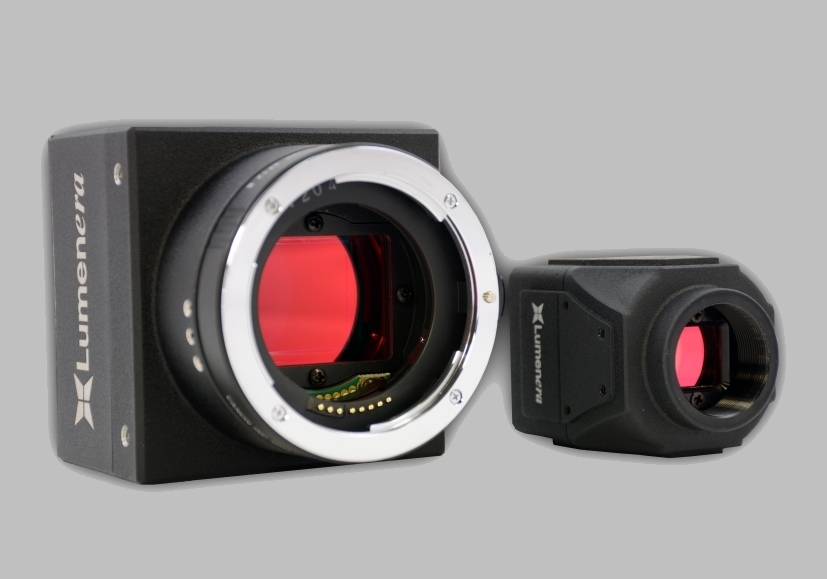
Understanding Dynamic Range and Signal-to-Noise Ratio When Comparing Cameras
Dynamic Range and Signal-to-Noise Ratio are very helpful when comparing cameras and trying to select the particular camera to meet your needs. Dynamic Range and Signal-to-Noise Ratio are commonly mistaken with one another, so let’s clarify the differences with providing definitions, equations, and descriptions for each.

